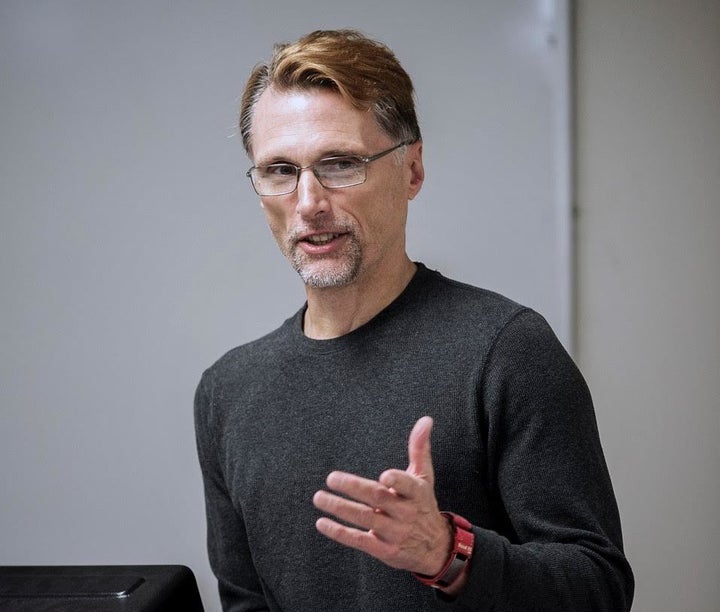
BluCycles’ Van Simmons.
In our ever fast-paced world, when is a millisecond too slow?
That’s the question Van Simmons, a global mobility strategy expert, began toying with two years ago.
Here’s the dilemma he and others in the IoT space see: According to the World Population Clock, Earth’s population just passed the 7.5 billion mark. For simplicity sake, let’s say that every person on the planet has one device each – a mobile phone, computer, smart watch or tablet. Then the math is still simple, right? 7.5 billion gadgets.
But what if every car on the road, every coffee pot, and drone, and all types of machines are equipped with a tiny computer data sensor? Then the number of gadgets spirals exponentially into trillions – delivering unbelievable amounts of data. That’s what makes the Internet of Things (IoT) so mind-boggling and exciting.
It also means that even more data will be pushed to the “cloud.” Simmons began looking at instances where something “lower and faster” would be better. Most people are familiar with cloud computing in some form because they take photos on their smart phone and store them on the “cloud” and then retrieve them, saving their phone’s memory space. But for many new era functions – think of self-driving cars – data must be processed in real time. Transmitting to the cloud is just too far and too slow, thus bringing in the need for “fog computing,” or “edge computing.”
“We see the need for enormous amounts of data to be processed in situations where even latency in milliseconds is too much,” Simmons says.
He compares the cloud to a bustling restaurant kitchen: “Think of how in a large restaurant, the waiter’s goal is to get the food from the kitchen to the table correctly. If the kitchen is far away, the server is spending too much time going back and forth. Edge computing is more like the waiter being able to prepare less complicated dishes tableside.”
Simmons developed an agnostic software framework called BluCycles technology for IoT functions using edge computing. “It’s gaining traction in smart city applications, outdoor spaces and for check-in functionality,” he says. More than 250,000 people have used the technology for check-in alone in the past few months. Simmons’ BluCycles technology consists of mobile device SDKs (software design kit), cloud technologies and small specialized hardware platforms. BluCycles can be used in transportation, healthcare, sports and entertainment, education and more.
What does edge or fog computing mean for everyday consumers? According to Simmons, it promises:
- Better, faster service in places where it’s handy. The fog will know it’s you and try to anticipate your needs.
- Fewer lines. Things you stand in line for now will come to you.
- Seamless interaction with your environment. Just like you can’t imagine now what you did before you had a smartphone, you’ll wonder how people got by without fog services.
Simmons predicts edge computing will be the next wave, and other experts agree. So besides bringing lots of other changes to your life, in the future you’ll want to get used to the idea of walking around in a “fog.”
